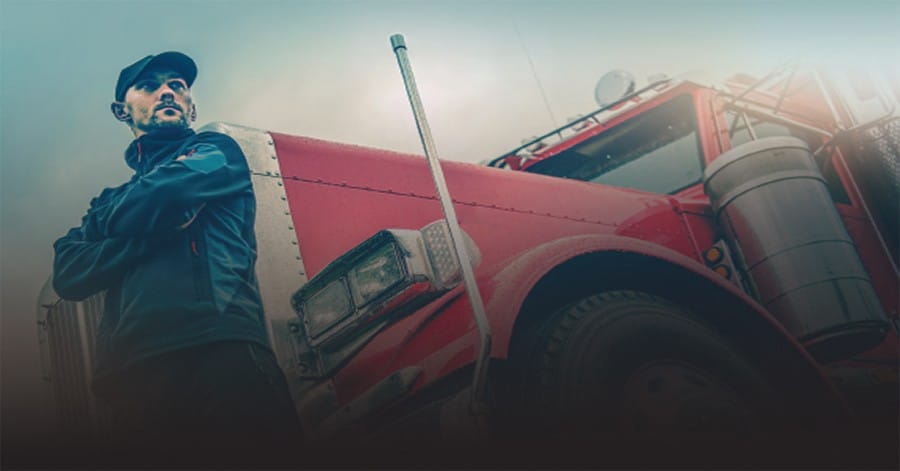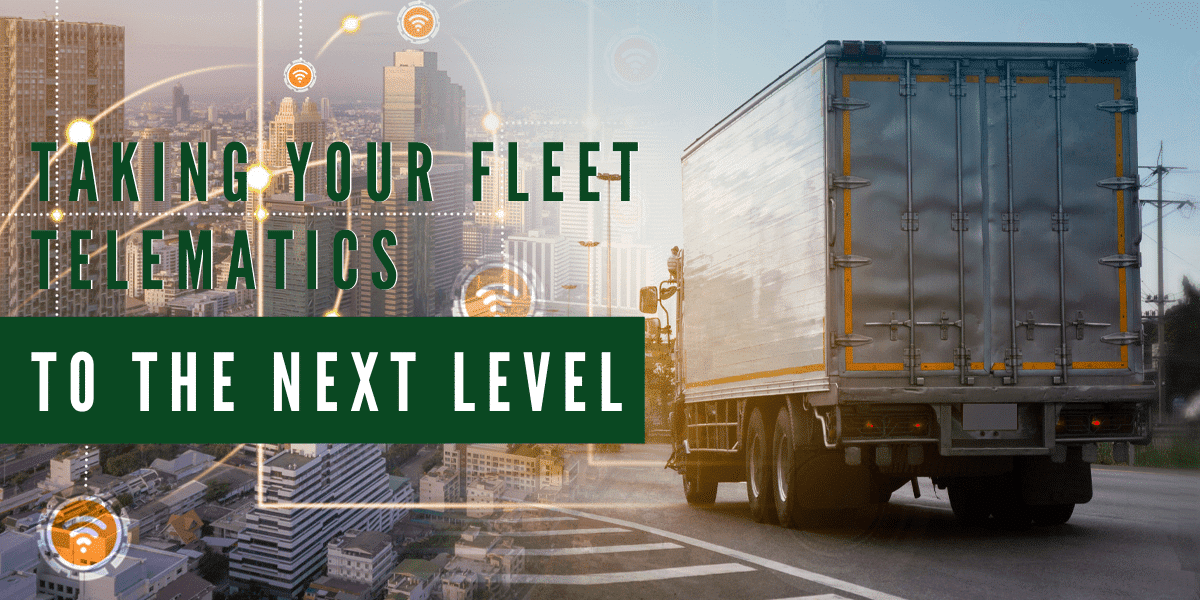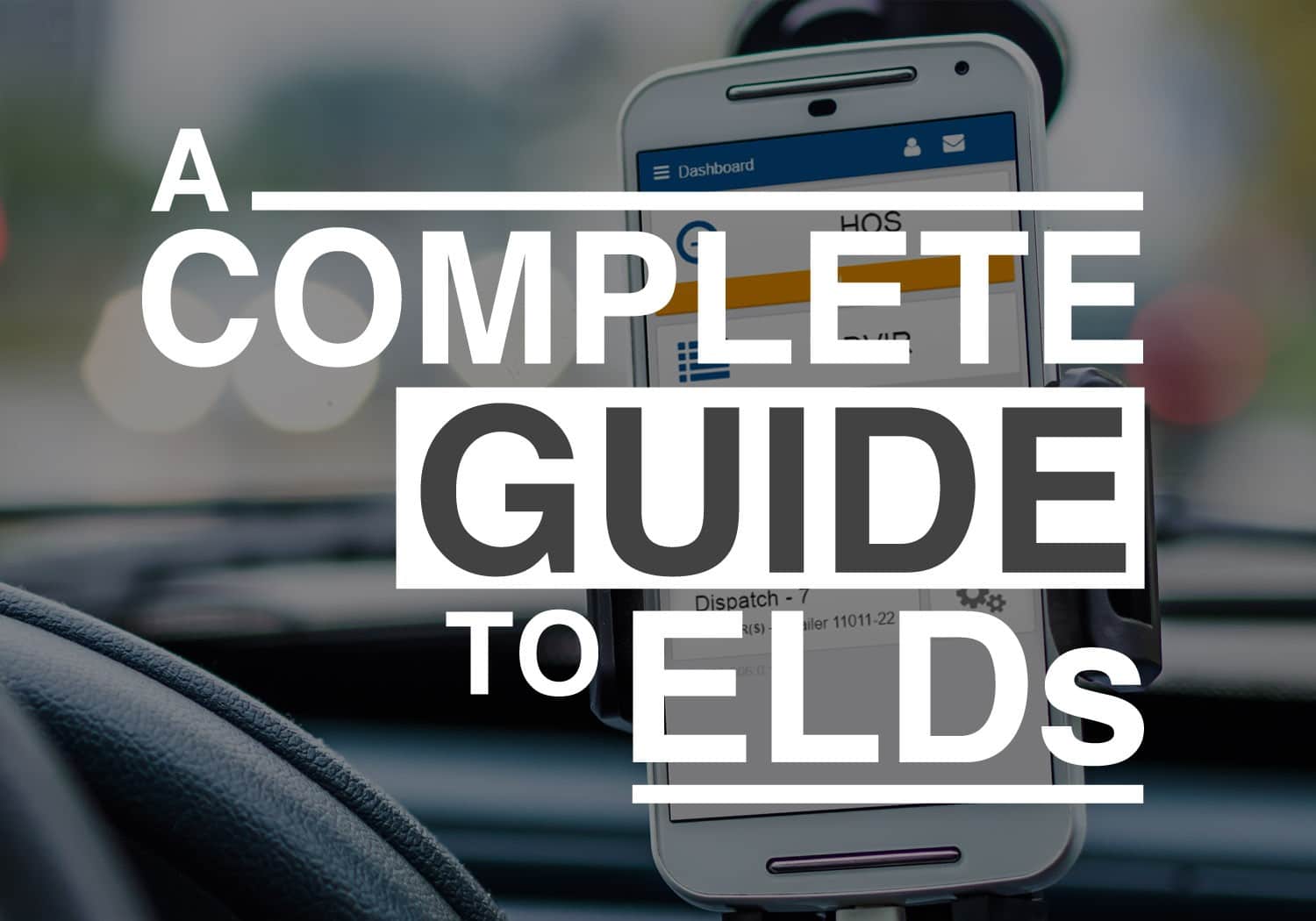The transportation sector seems to have become an ever changing industry as regulations and the technology required continues to advance. With this being said, while there are many who embrace these changes by staying up to date with telematics and regulations, some still choose to wait before they implement any changes. When it comes to using an electronic logging device...
December 16th, 2019 is an important date for many commercial fleet organizations as it marks the day that commercial drivers are required to install and fully understand how to use ELDs within their vehicles, unless an AOBRD was in use prior to December 18, 2017. But, if an automatic onboarding recording device was in use prior to December 18, 2017,...
Currently the transportation sector is undergoing major changes as the Federal Motor Carrier Safety Administration (FMCSA) and the Canadian Council of Motor Transport Administrators (CCMTA) are creating regulations to better the transportation industry. The main topic of discussion is the new regulation which encourages being ELD compliant. This mandate looks to enforce the use of Electronic Logging Devices (ELDs) in...
November 4, 2019
Anna
Blog,
Bus Tracking,
Competitive Edge,
ELD (Electronic Log),
Fleet Management,
Government,
GPS Tracking Benefits,
Heavy Machinery,
Limousine,
Mobile Fleet Tracking,
Rental Cars,
Telematics,
Truck Tracking,
Vehicle Tracking,
Waste Management
With basic telematics implemented into your fleet, you are now able to track the location, movement and speed of all of your vehicles, which helps your organization increase efficiencies, and effectively, reduce wasted time and improve costs. So, what comes next? Advanced Fleet Tracking Once you have the basics in place, you can start to dive deeper into telematics technology...
By June 21, 2021, all commercial vehicles and trucks in Canada must have approved Electronic Logging Devices (ELDs). If your fleet is still using Automatic On-Board Recording Devices (AOBRDs), now is the time to switch as there is no grandfather clause in Canada to allow AOBRDs after the June 21, 2021 deadline. Read on to find out what you need...
Electronic Logging Devices (ELDs) for trucks in Canada are due to become compulsory by June 21, 2021. The Canadian ELD mandate will make paper logbooks a thing of the past and improve safety on the roads. Fitting licensed ELD devices to commercial vehicles will also help save Canadian trucking companies time and precious resources. If you are involved in logistics...
February 13, 2019
Wisam Abou-diab
What are Electronic Logging Devices (ELDs)? ELDs have become a popular solution for businesses that prioritize monitoring safety, efficiency, and savings. They have also become a legal obligation for businesses in many cities. In the US, the ELD mandate has softly been enforced and Canada is next to join the party. Except it’s not so much a party, but more...
January 23, 2019
Diana Savras
ELDs or Electronic Logging Devices are fairly new to the trucking world. Some people love them, others wish they never existed. But regardless of where you stand on the matter, you cannot deny that ELDs don’t have any benefits. Their primary uses include monitoring other driving habits in addition to driving hours, but that’s not all they’re useful for! Let’s...
December 19, 2018
Wisam Abou-diab
ELDs were a big industry item in 2017 because of the ELD mandate. It’s now making industry headlines in 2019. In this article, we’ll discuss who needs ELDs & who is exempt from ELDs in 2019. What’s the buzz about ELDs in 2019? ELD compliance will be on the radar again for 2019 fleet news for two reasons....
September 19, 2018
Jimmy Song
Oh Canada! Where does Canada stand on the ELD mandate? When does the eld mandate take effect? As of today, the Canadian Government has not finalized the Canadian ELD Mandate. However, fleets should prepare today because we expect the final ELD deadline to be within the next 2 years. In this guide, we’ll share 4 tips to prepare for the...









